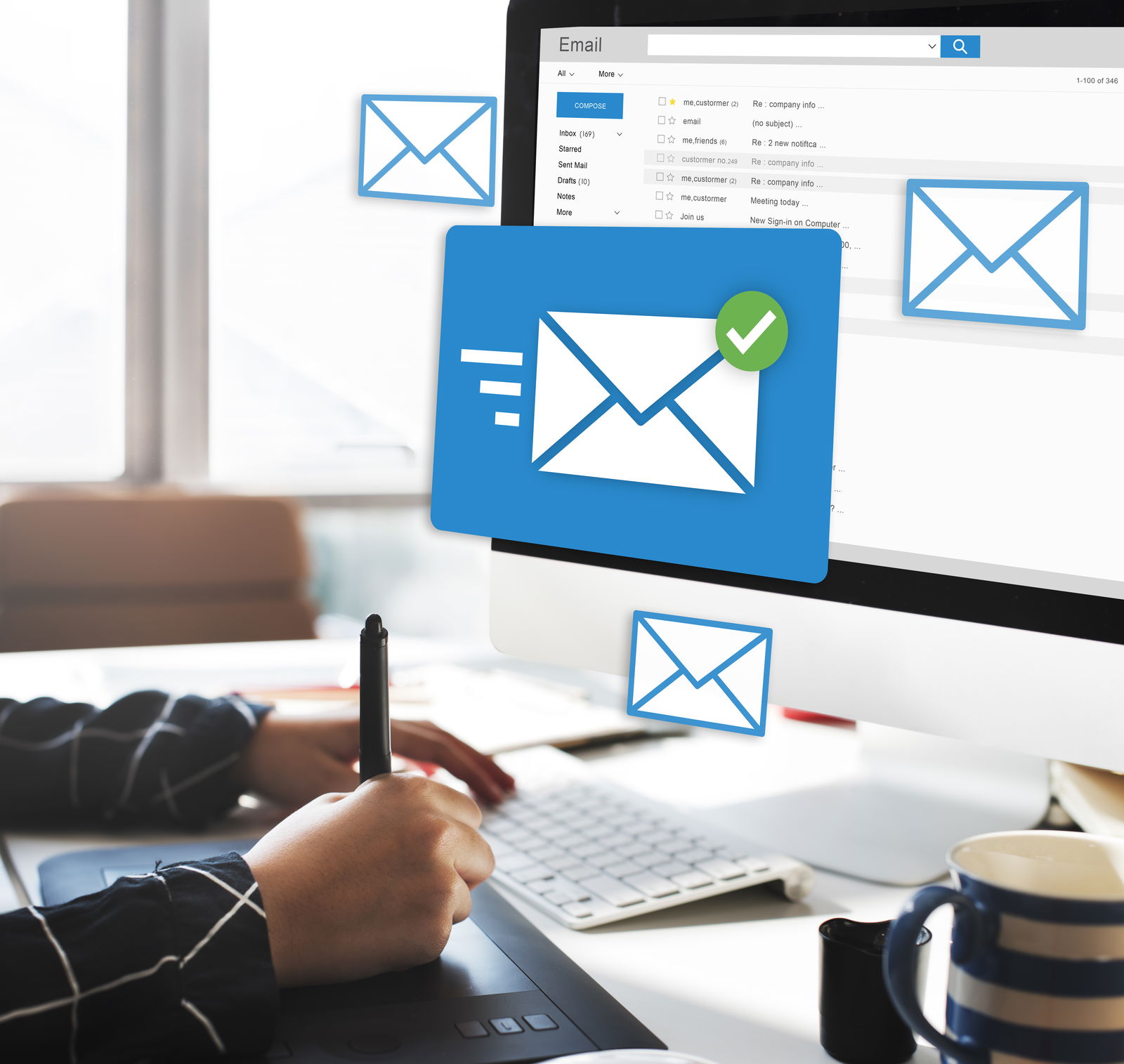Create an Email Marketing Campaign That Works
Learn the best practices for designing and launching email campaigns that deliver results
Bertagnolli Enrico

Email marketing remains one of the most effective tools to reach customers and promote your products or services. A well-designed campaign can increase sales, improve customer loyalty, and strengthen your brand awareness. In this article, we will explore the best strategies and practices for creating a successful email marketing campaign.
List Segmentation
List segmentation is the first step for an effective email marketing campaign. Divide your contacts into groups based on specific criteria such as interests, purchase behavior, location, and demographics. This allows you to send personalized and relevant messages, increasing the likelihood of conversion.
Creating Valuable Content
The content of your emails must be useful and interesting for your recipients. Offer information, advice, special offers, and exclusive content that can attract attention and maintain interest. Use clear, engaging language, and make sure your emails are well-structured and easy to read.
Effective Subject and Preheader
The subject and preheader are the first things recipients see when they receive your email. Make sure they are catchy and invite the user to open the message. Use short, clear, and pertinent phrases that immediately convey the value of the email’s content.
Responsive Design
With an increasing number of emails being read on mobile devices, it is crucial for your email design to be responsive. Use flexible layouts that adapt to different screen sizes and ensure text, images, and buttons are easily readable and clickable on smartphones and tablets.
Clear Call to Action
Every email should have a clear and visible call to action (CTA). The CTA must be specific, concise, and direct the recipient toward the desired action, whether that’s making a purchase, downloading content, or signing up for an event. Use contrasting colors and strategic positioning within the email to highlight the CTA.
Automation and Follow-Up
Automation can simplify and optimize your email marketing campaigns. Use automation systems to send triggered emails based on specific user actions or behaviors, such as cart abandonment or newsletter signup. Also plan follow-up emails to maintain engagement and guide recipients along the conversion path.
Analysis and Optimization
Monitoring and analyzing your campaign performance is essential to continuously improve results. Use analytics tools to evaluate open rates, click-through rates, conversions, and other KPIs. Experiment with different subject lines, content, and designs to identify what works best for your audience, and optimize your emails accordingly.
Personalization
Personalization can make the difference in the success of an email marketing campaign. Use your contacts’ data to create tailored messages that reflect their preferences and interests. Include the recipient’s name and other relevant information to make the email more personal and relevant.

